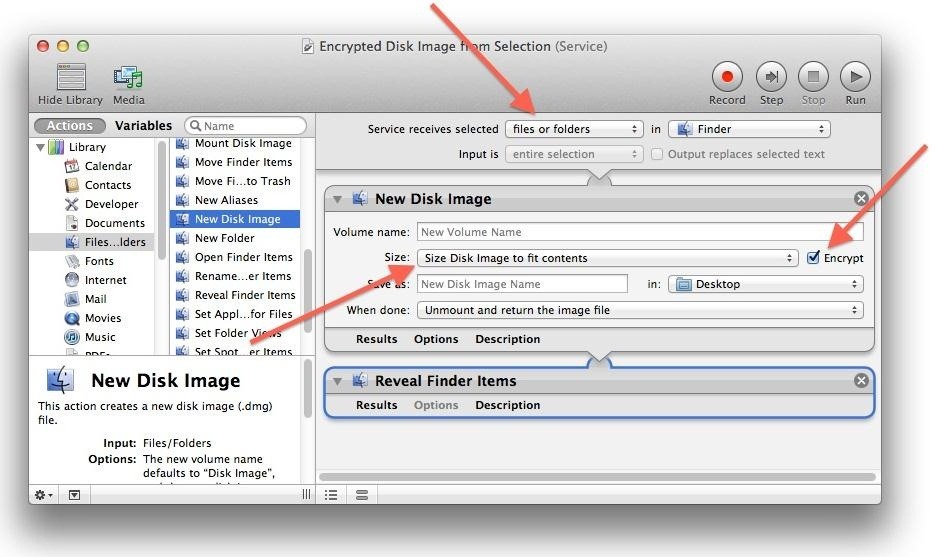Archive Program For Mac
Posted By admin On 28.12.18Optical Disc Archive Software is a basic utility that allows users to read/write files from a computer connected to an ODS-D77U/D77F or ODS-D55U Optical Disc Archive Drive Unit. NEW FEATURES & IMPROVEMENTS Optical Disc Archive Software V3.1.1 1.) Bug fixes. 2.) Added support for Mac OS X 10.10.1 (Mac version only).
Optical Disc Archive Software V3.1.0 1.) Write speed improvements. 2.) Usability improvements.
Optical Disc Archive Software V3.0.2 Write stability improvement. Optical Disc Archive Software V3.0.1 Bug fix for Windows, Linux, and Mac.
Word Program For Mac
Optical Disc Archive Software V3.0 Write stability improved. Optical Disc Archive Software V2.0.1 Bug fix for Linux and Mac. Optical Disc Archive Software V2.0 1.) ODS-D77U/D77F support 2.) Linux support 3.) Improve the maximum number of files 4.) Duplicate volume function NOTES 1.) Install the Optical Disc Archive Software in advance before connecting the unit to the PC. 2.) When using the Optical Disc Archive Software with the PC running the Windows 7® or Windows Server 2008 R2® Operating System, it is recommended to install the Windows update program released by Microsoft®. 3.) For details, refer to the Release Notes.
URL: In this article, you will find the instructions on how to archive mailbox data in Outlook 2011 and Outlook 2016 for Mac. Archiving is available when you enable the rule which is set up and run in your mailbox. The Archiving rule will help you move the data from the server to a folder on your computer to reduce the mailbox size. If you are using Outlook on PC read the Knowledge Base article for more information. • • Outlook 2011 for Mac To start using local Mac archiving, you would need to create the Archive folder. To create the Archive folder: • Unhide On My Computer folder: in Outlook 2011 > click on the Outlook menu at the top of your screen > Preferences > General > uncheck the box Hide On My Computer Folders. • Create local archive folder: right-click (or ctrl-click) on the On My Computer heading > choose New Folder and give it a name (eg.

Outlook For Mac Archive Location
Zend studio for mac. Best Free File Archiver Or Zip Utility. Last updated by gizmo.richards on 14. May 2016 - 02:07. These archive or zip file utilities were known by various names such as arc, pkarc and pkzip and they were run from a command line. - Windows, Mac and Linux software reviews.
After the folder is created you would need to set up an archiving rule: • In Outlook 2011 for Mac, go to Tools > Rules. • Alternatively, go to Rules from the ribbon and select Edit rules: • Select Exchange on the left pane menu and click on ' +' to add a new rule: • Give the rule a name and specify the conditions using drop-down lists as follows: • If all conditions are met: Selected.
• When a new message arrives: Date Received is greater than enter any number days old. Note: Outlook interface might be different and you will be prompted to specify After and Before dates.
• Do the following: Move Message any folder on your computer. • Do not apply other rules to messages that meet these conditions: Enabling this option is up to you and depends on your other rules. • Enabled: Checked. • Click OK to save the rule. • Apply the rule by clicking on the source folder, then Rules > Apply > Name of the rule. • To export the data from the Archive folder navigate to File > Export.
On dialog window choose types of items that should be included in the archive file. Click Continue.
• On next dialog window type the name of the archive file and select the location on your computer, where the file should be stored. You may add the tags optionally. Note: When you run this rule for the first time, archiving may take a lot of time to complete depending on your mailbox size. • After the task completed you will find the.olm file with your mailbox items saved on the computer. • Confirm that items are in the file. Navigate to File > Import > Outlook for Mac archive file > choose the file.